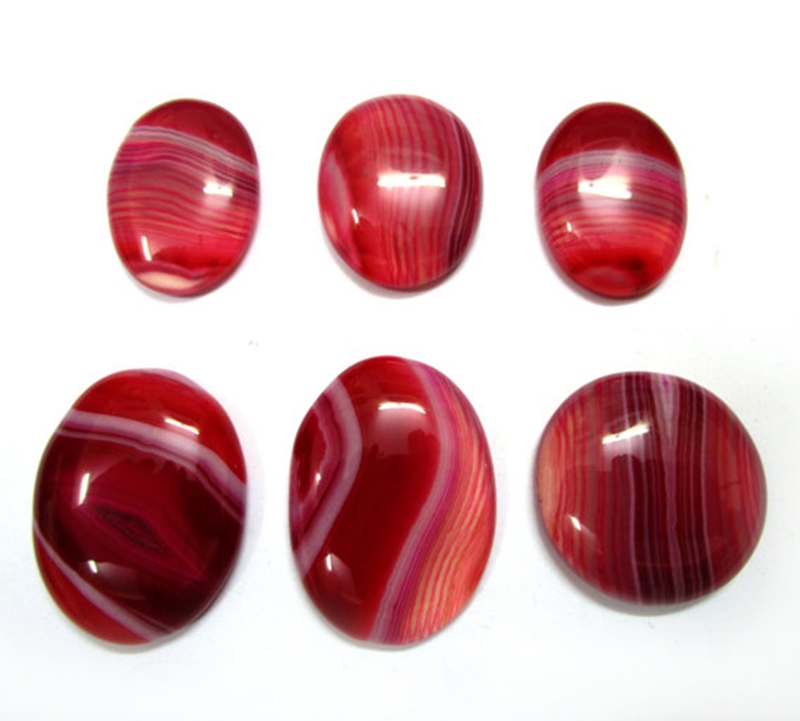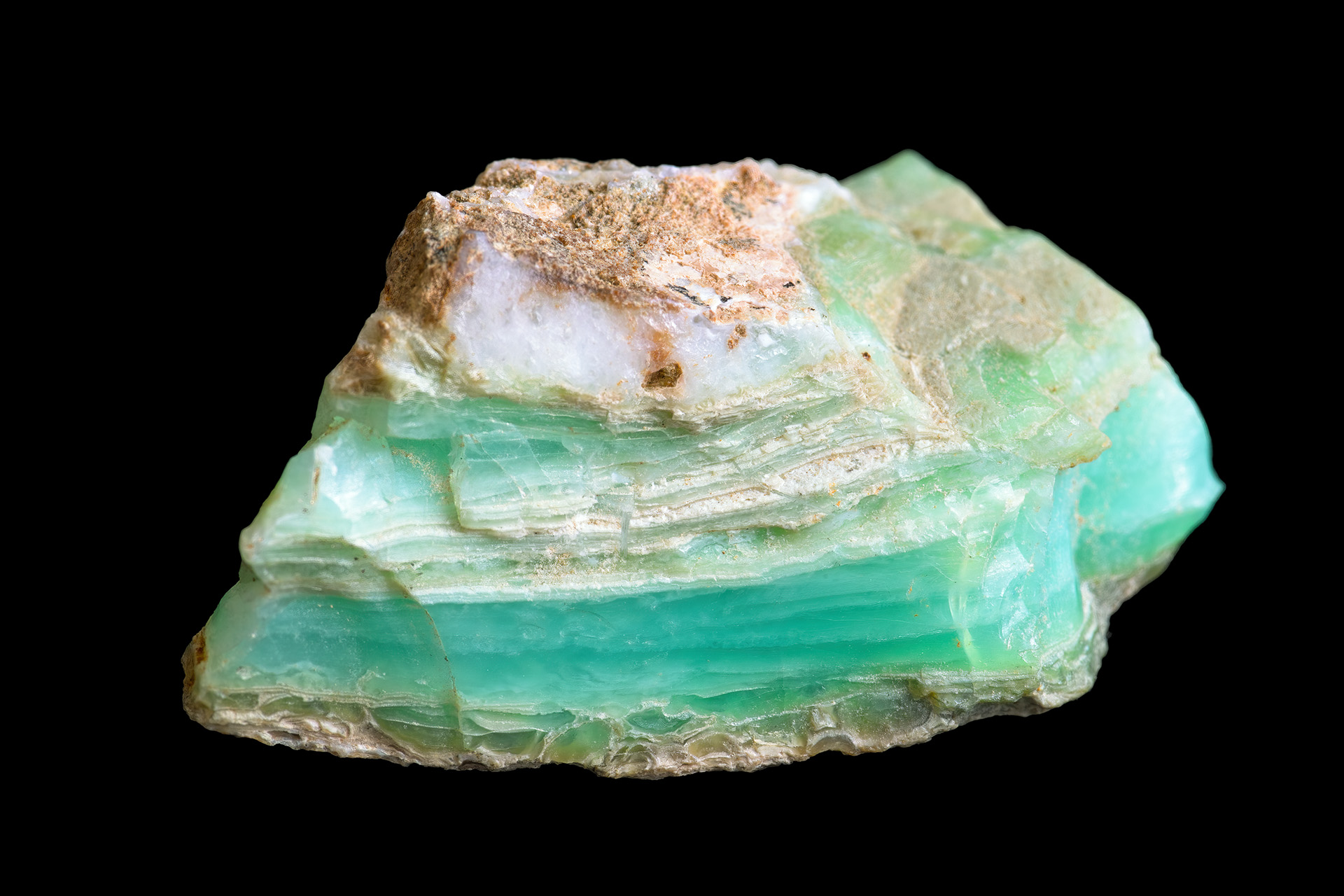|
Sardonyx
Onyx is a typically black-and-white banded variety of agate, a silicate mineral. The bands can also be monochromatic with alternating light and dark bands. ''Sardonyx'' is a variety with red to brown bands alternated with black or white bands. The name "onyx" is also frequently used for level-banded (parallel-banded) agates, but in proper usage it refers to color pattern not band structure. Onyx, as a descriptive term, has also been incorrectly applied to parallel-banded varieties of alabaster, marble, calcite, obsidian, and opal, and misleadingly to materials with contorted banding, such as "cave onyx" and "Mexican onyx". Etymology ''Onyx'' comes through Latin (of the same spelling), from the Ancient Greek (), meaning or . Onyx with pink and white bands can sometimes resemble a fingernail. The English word "nail" is cognate with the Greek word. Varieties Onyx is formed of chalcedony bands in alternating colors. It is cryptocrystalline, consisting of fine intergrowths of t ... [...More Info...] [...Related Items...] OR: [Wikipedia] [Google] [Baidu] |
Chalcedony
Chalcedony ( or ) is a cryptocrystalline form of silica, composed of very fine intergrowths of quartz and moganite. These are both silica minerals, but they differ in that quartz has a trigonal crystal structure, while moganite is monoclinic. Chalcedony's standard chemical structure (based on the chemical structure of quartz) is SiO2 (silicon dioxide). Chalcedony has a waxy luster, and may be semitransparent or translucent. It can assume a wide range of colors, but those most commonly seen are white to gray, grayish-blue or a shade of brown ranging from pale to nearly black. The color of chalcedony sold commercially is often enhanced by dyeing or heating. The name ''chalcedony'' comes from the Latin (alternatively spelled ) and is probably derived from the town of Chalcedon in Asia Minor. The name appears in Pliny the Elder's as a term for a translucent kind of jaspis. Another reference to a gem by the name of () is found in the Book of Revelation (21:19); however, i ... [...More Info...] [...Related Items...] OR: [Wikipedia] [Google] [Baidu] |
Tectosilicate
Silicate minerals are rock-forming minerals made up of silicate groups. They are the largest and most important class of minerals and make up approximately 90 percent of Earth's crust. In mineralogy, the crystalline forms of silica (silicon dioxide, ) are usually considered to be tectosilicates, and they are classified as such in the Dana system (75.1). However, the Nickel-Strunz system classifies them as oxide minerals (4.DA). Silica is found in nature as the mineral quartz, and its polymorphs. On Earth, a wide variety of silicate minerals occur in an even wider range of combinations as a result of the processes that have been forming and re-working the crust for billions of years. These processes include partial melting, crystallization, fractionation, metamorphism, weathering, and diagenesis. Living organisms also contribute to this geologic cycle. For example, a type of plankton known as diatoms construct their exoskeletons ("frustules") from silica extracted from sea ... [...More Info...] [...Related Items...] OR: [Wikipedia] [Google] [Baidu] |
Obsidian
Obsidian ( ) is a naturally occurring volcanic glass formed when lava extrusive rock, extruded from a volcano cools rapidly with minimal crystal growth. It is an igneous rock. Produced from felsic lava, obsidian is rich in the lighter elements such as silicon, oxygen, aluminium, sodium, and potassium. It is commonly found within the margins of rhyolite, rhyolitic lava flows known as obsidian flows. These flows have a high content of silicon dioxide, silica, giving them a high viscosity. The high viscosity inhibits the atomic diffusion, diffusion of atoms through the lava, which inhibits the first step (nucleation) in the formation of mineral crystals. Together with rapid cooling, this results in a natural glass forming from the lava. Obsidian is hard, Brittleness, brittle, and amorphous; it therefore Fracture (mineralogy)#Conchoidal fracture, fractures with sharp edges. In the past, it was used to manufacture cutting and piercing tools, and it has been used experimentally as s ... [...More Info...] [...Related Items...] OR: [Wikipedia] [Google] [Baidu] |
Princeton, New Jersey
The Municipality of Princeton is a Borough (New Jersey), borough in Mercer County, New Jersey, United States. It was established on January 1, 2013, through the consolidation of the Borough of Princeton, New Jersey, Borough of Princeton and Princeton Township, New Jersey, Princeton Township, both of which are now defunct. As of the 2020 United States census, the borough's population was 30,681, an increase of 2,109 (+7.4%) from the 2010 United States census, 2010 census combined count of 28,572. In the 2000 United States census, 2000 census, the two communities had a total population of 30,230, with 14,203 residents in the borough and 16,027 in the township. Princeton was founded before the American Revolutionary War. The borough is the home of Princeton University, one of the world's most acclaimed research universities, which bears its name and moved to the community in 1756 from the educational institution's previous location in Newark, New Jersey, Newark. Although its associ ... [...More Info...] [...Related Items...] OR: [Wikipedia] [Google] [Baidu] |
David Van Nostrand
David Van Nostrand (December 5, 1811 – June 14, 1886) was a New York City publisher. Biography David Van Nostrand was born in New York City on December 5, 1811. He was educated at Union Hall, Jamaica, New York, and in 1826 entered the publishing house of John P. Haven, who gave him an interest in the firm when he became of age. In 1834 he formed a partnership with William Dwight, but the financial crisis of 1837 led to its dissolution. Van Nostrand then accepted an appointment as clerk of accounts and disbursements under Captain John G. Barnard, at that time in charge of the defensive works of Louisiana and Texas, with headquarters at New Orleans. While so engaged he devoted attention to the study of scientific and military affairs, and on his return to New York City he began the importation of military books for officers of the U.S. Army, afterward receiving orders from private individuals and from academic institutions for foreign books of science. His place of business ... [...More Info...] [...Related Items...] OR: [Wikipedia] [Google] [Baidu] |
Shades Of Red
Varieties of the color red may differ in hue, chroma (also called saturation, intensity, or colorfulness), lightness (or value, tone, or brightness), or in two or three of these qualities. Variations in value are also called tints and shades, a tint being a red or other hue mixed with white, a shade being mixed with black. A large selection of these various colors are shown below. In specific color systems Red (RGB) ''Red (RGB)'', ''RGB red'', or ''electric red'' (as opposed to ''pigment red'', shown below) is the brightest possible red that can be reproduced on a computer monitor A computer monitor is an output device that displays information in pictorial or textual form. A discrete monitor comprises a electronic visual display, visual display, support electronics, power supply, Housing (engineering), housing, electri .... This color is an approximation of an orangish red spectral color. It is one of the three primary colors of light in the RGB color model, along w ... [...More Info...] [...Related Items...] OR: [Wikipedia] [Google] [Baidu] |
Sard
Carnelian (also spelled cornelian) is a brownish-red mineral commonly used as a semiprecious stone. Similar to carnelian is sard, which is generally harder and darker; the difference is not rigidly defined, and the two names are often used interchangeably. Both carnelian and sard are varieties of the silica mineral chalcedony colored by impurities of iron oxide. The color can vary greatly, ranging from pale orange to an intense almost-black coloration. Significant localities include Yanacodo (Peru); Ratnapura (Sri Lanka); and Thailand. It has been found in Indonesia, Brazil, India, Iran, Russia (Siberia), and Germany. In the United States, the official State Gem of Maryland is also a variety of carnelian called Patuxent River stone. History upright=1.1, Polish engraved_gem.html" ;"title="signet ring in light-orange carnelian engraved gem">intaglio showing Korwin coat of arms The red variety of chalcedony has been known to be used as beads since the Early Neolithic in Bu ... [...More Info...] [...Related Items...] OR: [Wikipedia] [Google] [Baidu] |
Heidelberg
Heidelberg (; ; ) is the List of cities in Baden-Württemberg by population, fifth-largest city in the States of Germany, German state of Baden-Württemberg, and with a population of about 163,000, of which roughly a quarter consists of students, it is List of cities in Germany by population, Germany's 51st-largest city. Located about south of Frankfurt, Heidelberg is part of the densely populated Rhine-Neckar, Rhine-Neckar Metropolitan Region which has its centre in Mannheim. Heidelberg is located on the Neckar River, at the point where it leaves its narrow valley between the Oden Forest and the Kleiner Odenwald, Little Oden Forest, and enters the wide Upper Rhine Plain. The old town lies in the valley, the end of which is flanked by the Königstuhl (Odenwald), Königstuhl in the south and the Heiligenberg (Heidelberg), Heiligenberg in the north. The majority of the population lives in the districts west of the mountains in the Upper Rhine Plain, into which the city has expan ... [...More Info...] [...Related Items...] OR: [Wikipedia] [Google] [Baidu] |
Springer Science+Business Media
Springer Science+Business Media, commonly known as Springer, is a German multinational publishing company of books, e-books and peer-reviewed journals in science, humanities, technical and medical (STM) publishing. Originally founded in 1842 in Berlin, it expanded internationally in the 1960s, and through mergers in the 1990s and a sale to venture capitalists it fused with Wolters Kluwer and eventually became part of Springer Nature in 2015. Springer has major offices in Berlin, Heidelberg, Dordrecht, and New York City. History Julius Springer founded Springer-Verlag in Berlin in 1842 and his son Ferdinand Springer grew it from a small firm of 4 employees into Germany's then second-largest academic publisher with 65 staff in 1872.Chronology ". Springer Science+Business Media. In 1964, Springer expanded its business internationally, op ... [...More Info...] [...Related Items...] OR: [Wikipedia] [Google] [Baidu] |
Silica
Silicon dioxide, also known as silica, is an oxide of silicon with the chemical formula , commonly found in nature as quartz. In many parts of the world, silica is the major constituent of sand. Silica is one of the most complex and abundant families of materials, existing as a compound of several minerals and as a synthetic product. Examples include fused quartz, fumed silica, opal, and aerogels. It is used in structural materials, microelectronics, and as components in the food and pharmaceutical industries. All forms are white or colorless, although impure samples can be colored. Silicon dioxide is a common fundamental constituent of glass. Structure In the majority of silicon dioxides, the silicon atom shows Tetrahedral molecular geometry, tetrahedral coordination, with four oxygen atoms surrounding a central Si atomsee 3-D Unit Cell. Thus, SiO2 forms 3-dimensional network solids in which each silicon atom is covalently bonded in a tetrahedral manner to 4 oxygen atoms. ... [...More Info...] [...Related Items...] OR: [Wikipedia] [Google] [Baidu] |
Cryptocrystalline
Cryptocrystalline is a rock microstructure, rock texture made up of such minute crystals that its crystalline nature is only vaguely revealed even microscopically in thin section by transmitted polarized light. Among the sedimentary rocks, chert and flint are cryptocrystalline. carbonado (diamond), Carbonado, a form of diamond, is also cryptocrystalline. Volcanic rocks, especially of the felsic type such as felsites and rhyolites, may have a cryptocrystalline matrix (geology), groundmass as distinguished from pure obsidian (felsic) or tachylyte (mafic), which are natural rock glasses. Agate and onyx are examples of cryptocrystalline silica (chalcedony). The quartz crystals in chalcedony are so tiny that they cannot be distinguished with the naked eye. See also * List of rock textures * Macrocrystalline * Microcrystalline * Nanocrystalline * Rock microstructure References Crystals Lithics Petrology {{Petrology-stub ... [...More Info...] [...Related Items...] OR: [Wikipedia] [Google] [Baidu] |




